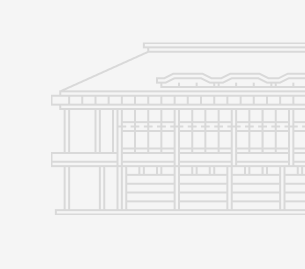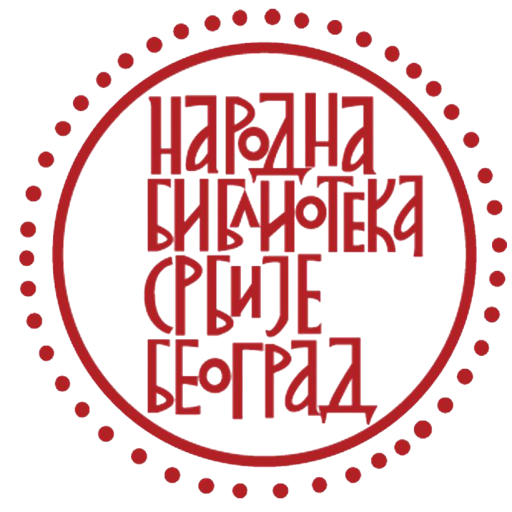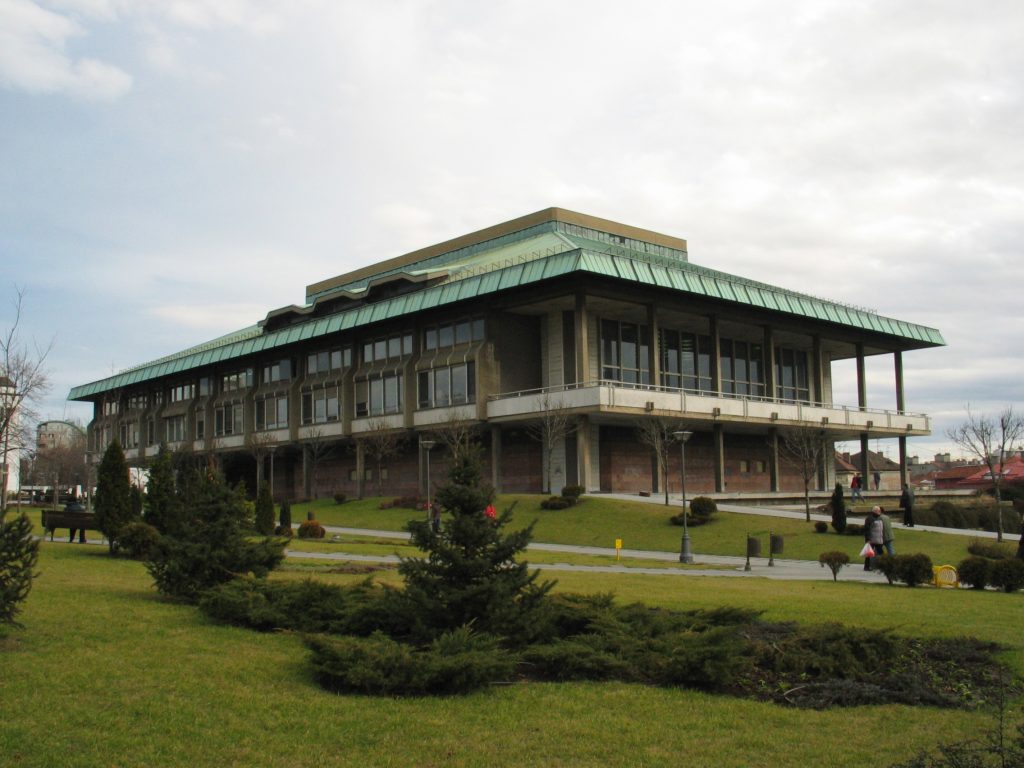The Collection of Photographic Documents offers a diverse array of subjects spanning various periods. This breadth of content partly arose due to the delayed recognition of photographic documents as integral components of library holdings. Much of this collection has been curated through selective acquisition, primarily through purchases and donations, as legal deposit copies only pertain to postcards.
Photographs, postcards and albums within this collection adhere to specific inventory and cataloguing guidelines, similar to other library materials. They undergo processing according to the ISBD(NBM) standard, using the COMARC format. The catalogue entries for these items are accessible through the Library’s electronic catalogue and the shared COBIB.SR database. Furthermore, efforts are underway to digitise materials housed within this collection.
The Collection is further divided into three sub-collections:
Photographs
This collection houses about 13,000 items chosen for their artistic and historical significance. It contains photographs and a range of formats predating modern photography—like talbotypes, daguerreotypes, ferrotypes as well as positives, negatives, prints, contact copies or Polaroid pictures. The prized section here is the 19th-century Serbian photography collection, encompassing the work of most photographers from that era, including Anastas Jovanović, Nikola Štokman, Florian Gantenbein, Anastas Stojanović, Panta Hristić, Lazar Lecter, Leopold Koenig, Milan Jovanović and other photographers who had studios in Belgrade and elsewhere in Serbia. Additionally, the collection houses photographs originating from studios in the Austro-Hungarian Empire and other European countries, including works by J. Levi and Adele Perlmutter from Vienna, Frédéric Boisson and André Taponier from Paris, Levitsky and Trunov from Moscow and Silvino Maskarić, Antun Jelaska and Tommaso Burato from Dubrovnik. Portraits dominate the 19th-century studio photographs in the collection. From its modest origins in the mid-19th century, throughout the following century, photography expanded across diverse domains. The collection testifies to this, housing diverse photographs created for amateur, professional, artistic, documentary, journalistic or scientific purposes.
Albums
The Collection of Albums, though the smallest, carries immense significance, with over 200 items. The latter part of the 19th century saw the emergence of a new practice — storing photographs in albums. Initially, these albums were exquisite pieces of applied art, boasting wooden covers adorned with leather or plush, embellished with mother-of-pearl inlays and metal fastenings and sometimes even functioning as musical boxes. They held family photographs alongside collector’s editions featuring portraits of notable figures or reproductions of artistic masterpieces. Examples include the Rakić and Janković family albums, Janko Šafarik’s album and others.
As the 19th century transitioned to the 20th, albums became simpler, coinciding with the increased affordability of photography. Photographers themselves started creating and selling albums to collectors. Examples of such albums are the Smederevo Album by court photographer Milan Jovanović and albums by the Abdullah brothers, esteemed photographers from the late 19th-century Ottoman Empire, containing snapshots of Istanbul or the imperial army and navy, all gifted to King Aleksandar Obrenović.
The album collection also encompasses amateur snapshots and thematic compilations of photographs from the first half of the 20th century, as well as albums by professional war photographers from World War I, including Rista Marjanović and others.
Postcards
The Collection of Photographic Documents is dominated by postcards, encompassing tens of thousands of pieces spanning from the late 19th to the early 21st century. Serbia saw the first photographic postcards printed in the late 19th century. They cover a wide array of subjects including city vistas, portraits of notable figures, replicas of artworks and more. A significant part of the collection showcases historic Belgrade and other cities, offering invaluable insights into architecture, urban development, history and ethnology.
The early 20th century, known as the “golden age of postcards”, revealed their potential as propaganda tools due to mass production. The majority of the collection comes from the latter half of the 20th century, coinciding with reduced printing costs and a surge in tourism. However, postcard production sharply declined during the transition from the 20th to the 21st century with the rise of new media, which resulted in a significant decrease in production and circulation of postcards.


